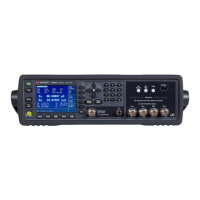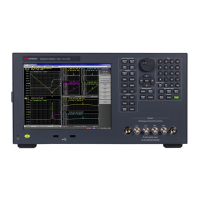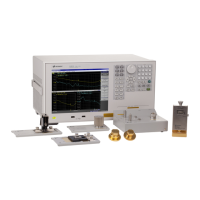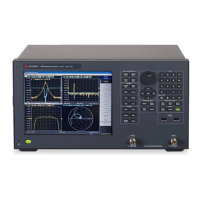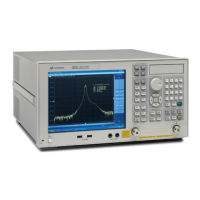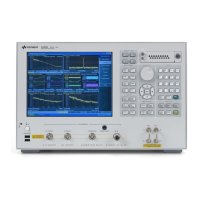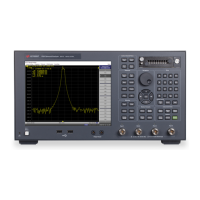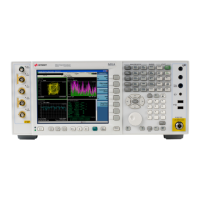118 Keysight E4981A 120 Hz/1 kHz/1 MHz Capacitance Meter
Executing Measurement
Tips for More Accurate Measurement
6-
Tips for More Accurate Measurement
You can use the following techniques to increase measurement accuracy.
Setting measurement time to 8
Set the measurement time to 8, which provides better measurement accuracy.
For the setup procedure, refer to “Selecting Measurement Time” on page 58.
Selecting an appropriate measurement range
When making a measurement in the fixed range mode, select the
measurement range so that measurement is performed within the
recommended range (refer to Table 10-2 on page 10-171, Table 10-3 on
page 10-172 and Table 10-4 on page 10-173).
For the setup procedure, refer to “Selecting Measurement Range” on page 56.
Using the correction functions
The OPEN correction eliminates the error due to the parallel stray admittance
of the measurement cable and test fixture.
The SHORT correction eliminates the error due to the series residual
impedance of the measurement cable and test fixture.
The LOAD correction eliminates the complex error due to the amplitude/phase
error of the measurement cable and test fixture, scanner, and so on.
For details, refer to Chapter 5, “Preparation for Accurate Measurement
(Executing Correction)” on page 91.
Making stable measurement
In a high-noise measurement environment, you can obtain more reliable
measurement results by performing averaging.
For the setup procedure, refer to “Setting Up Averaging Count” on page 59.
Making measurements using a four-terminal pair
You can use four-terminal pair measurement to eliminate measurement errors.
For details, refer to “Principle of four-terminal pair measurement” on
page 248.

